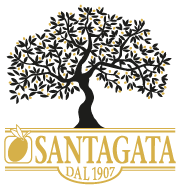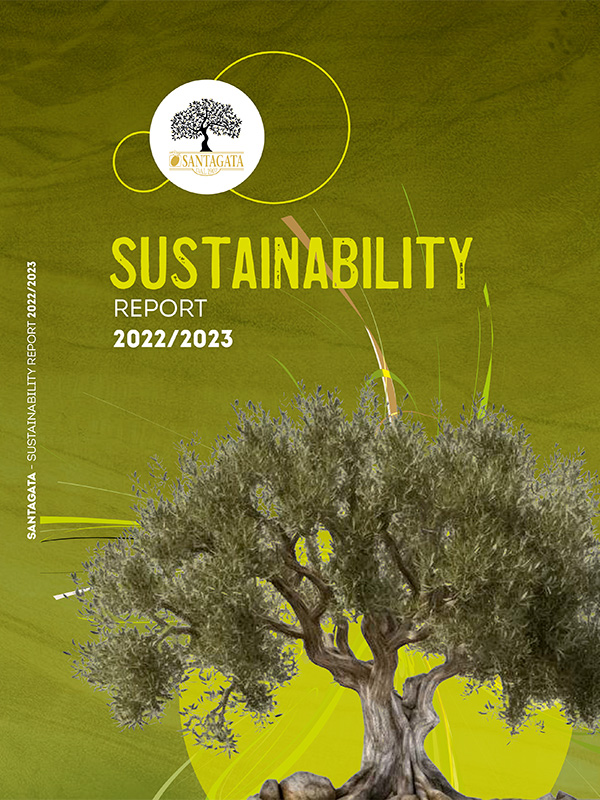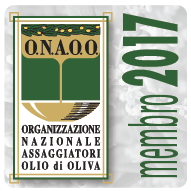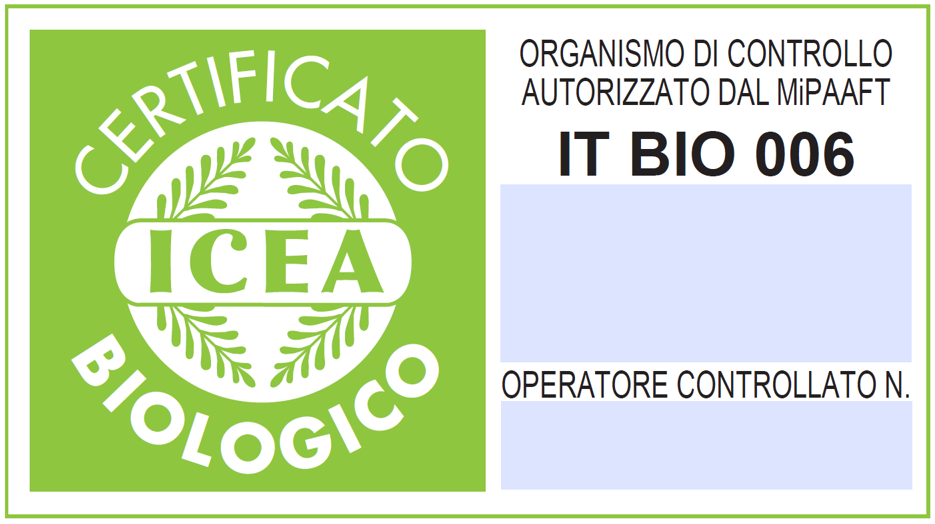A stable ecosystem
The ecosystem of the olive grove is more stable than other agricultural ecosystems, both herbaceous, such as those found in fields of corn or sunflower, and the less sustainable arboreal ecosystem, as seen with apple trees, which Pliny himself mentions as being one of the shorterlived fruit trees. The reason for this stability is, as we have seen, due to the fact that the olive tree is a long-lived plant which has been cultivated in the Mediterranean basin for millennia. The proof is that the flora of olive groves is exceptionally similar to those of Mediterranean ecosystems. This stability makes the amount of immobilized CO2, the main greenhouse gas linked to recent climate change, higher in olive groves because carbon emissions are lower, and mineralization of the organic matter is slower. In an intensively managed and irrigated olive grove of Italy, with plants which are 12-16 years old, scientists measured a positive balance of carbon dioxide exchange, equal to 13.45 -11.60 tons of carbon per hectare per year (t(C)/ha/y4. Other studies report a lower quantity of immobilised CO2, varying between 2.74 and 9.54 t/ha/y, respectively, for a young olive grove and a mature one5. A field of wheat and a field of sunflowers show, on the other hand, a negative balance of 3.69 ± 0.33 t(C)/ha/y and a slightly positive balance of 0.28 ± 0.18 t(C)/ha/y6, respectively. The large number of plants which grow in the olive groves ensures an equally significant diversity of habitat for wild fauna. In the olive groves of the Aegean, a hundred phytophagous species, 15 insect classes and over 100 families have been identified, as well 31 species of birds, and over 12 mammal species. This has created, over time, a food web of interactions between the olive tree and these animals. In a 5 hectare olive grove in Portugal, 12,937 individual soil arthropods, mostly ants, though not strictly associated to the olive trees. It should be also remembered that olive trees are evergreens and produce high energy fruit, available during the winter period.
This text is taken from “The olive and the oil: a history of cultivation and nature” written by Tommaso Sitzia, chapter 4 of the book “An Olive Oil Family” written by Cristina e Federico Santagata, pubblished by Olio Officina Edizioni.








